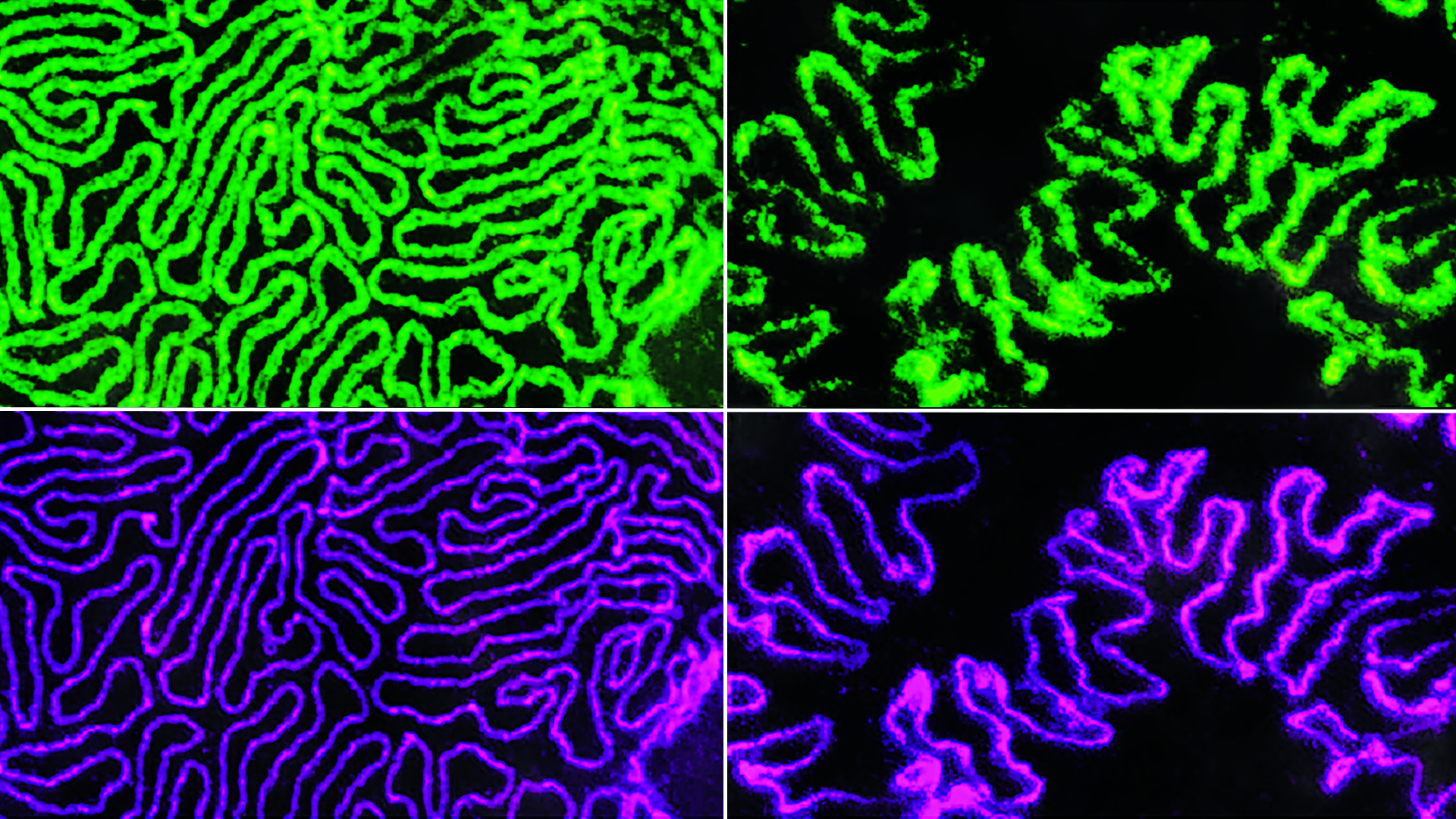Researchers reveal mechanism behind kidney filtration
Enabled by the SciLifeLab Advanced Light Microscopy unit (ALM), researchers from Sweden, Germany and the US have been able to shed some light on the important but elusive mechanism behind the human kidney filtration process.
The human kidneys filter around 180 liters of blood every day, freeing it from toxins as well as maintaining the balance of nutrients, salts, water, acids and bases in the body. Defects in the filtration process can be found in at least ten percent of the population which can cause high blood pressure, cardiovascular diseases, stroke, dementia and progress to the point where a patient requires dialysis. Even though the importance of the kidneys is widely known, the filtering process is still not fully understood.
In a recent study, the researcher used super-resolution fluorescence STED microscopy support from the ALM unit, combined with novel 3D kidney tissue clearing development, to resolve filtration structures in situ during disease progression.
”In this project we have been able to take the Nobel Prize awarded STED imaging techniques into pre-clinical research for the first time. Together with improved 3D tissue biopsy preparation we can now screen the filtration’s nano-scaled structures with light microscopy volumetrically. This is highly beneficial when looking for small structural changes during disease progression” says Hans Blom unit Head of ALM.
Collaborating with Thomas Benzing (Cologne University Hospital), who led the study, the international team were able to shed new light on the elusive kidney filtration mechanism, presenting their results in Nature Metabolism after years of hard work.
Photo: David Unnersjö-Jess (KTH)





